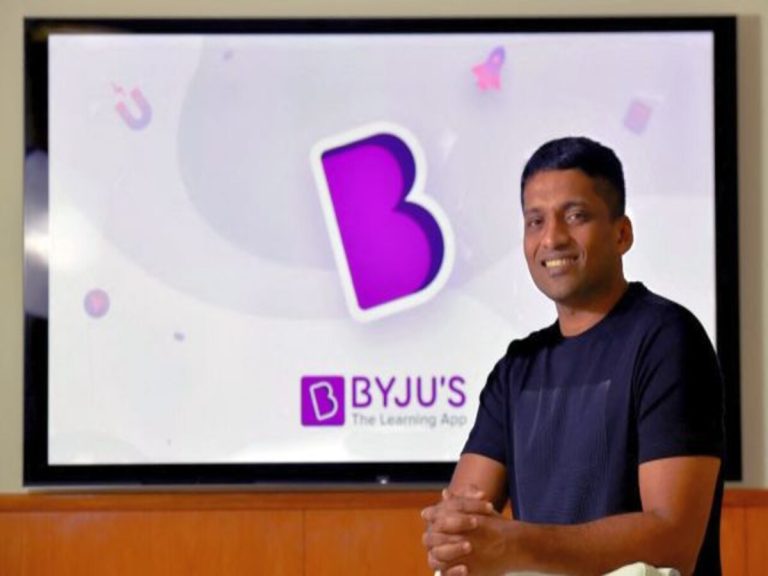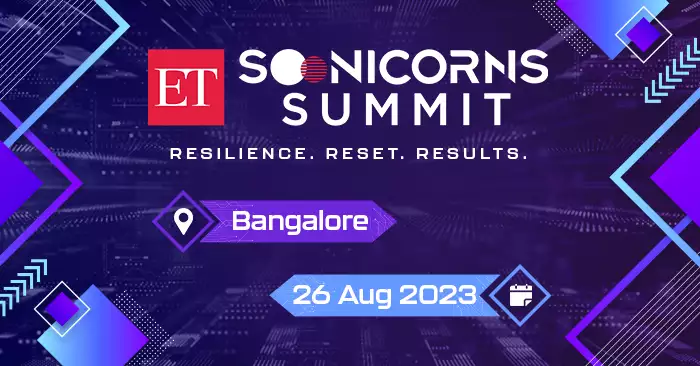The Byjus, a well known name in the industry, is also now known for layoffs and default payments. As per the recent incidents Byju’s and Davidson Kempner Capital, a New York-based investor, have initiated talks aimed at resolving their disagreement concerning the violation of a loan agreement tied to Byju’s test preparation subsidiary, Aakash Institute.
As per individuals closely familiar with the ongoing discussions, Byju’s has put forth a proposition to reimburse the funds drawn from the approved loan, along with the corresponding interest on the borrowed sum.
Few days back, US-based investment entities Redwood Investments LLC and Silver Point Capital LP, presented Byju’s with “excessive and unreasonable requests,” thereby subjecting the educational technology enterprise to substantial strain. This information was officially conveyed by Sheron Korpus to Delaware Chancery Court’s Judge Morgan Zurn.
Byju’s is actively seeking the judge’s intervention to dismiss the lenders’ allegations of default. Judge Zurn has indicated that her ruling on the matter will be delivered at a later date. With all the turns of events, there were claims that The Ministry of Corporate Affairs (MCA) has launched an inquiry into the financial records of Byju’s.
This was aimed to identify potential instances of corporate governance irregularities. The MCA’s decision coincides with the departure of three board members from Byju’s and the change of its auditor, Deloitte, which had expressed reservations over the prolonged timeline for submitting Byju’s financial results. Notably, G V Ravishankar (Peak XV Partners), Vivian Wu (Chan Zuckerberg Initiative), and Russell Dreisenstock (Prosus) are the board members in question. The resignations are reportedly attributed to dissatisfaction stemming from disputes with creditors and prolonged delays in the release of financial outcomes.
Despite these claims, Byju’s has maintained that it has not been officially informed by the MCA about any impending inspection. Contrary to these reports, the prominent educational technology company has rejected claims of board member resignations and has brought BDO (MSKA & Associates) on board as its official statutory auditor. Deloitte had previously raised concerns over the significant delay in the submission of Byju’s financial results for the fiscal year 2021-2022.
A spokesperson for Byju emphasised, “The reports in the media suggesting an imminent MCA inspection into Byju’s operations are purely speculative and have been denied by the company. We confirm that no official correspondence from the MCA regarding an inspection has been received, and we possess no knowledge of such a review taking place.”
When enquired with our experts for more legal clarity, they added that “According to Section 206(5) and (6) of the Companies Act, 2013, provisions are in place to facilitate the inspection of a company’s financial records. The government retains the authority to grant general or specific permission for a regulatory body to conduct an examination of a company’s financial statements or a group of companies’ records”.
Typically, these inspections are carried out by the pertinent Registrar of Companies, as outlined by the statute. This clarifies the need for proper documentation and annual compliances that should not be missed or manipulated at any cost. Being experts in the field of legal and accounting Vakilsearch has been offering Accounting and bookkeeping services for multiple businesses and knows how paramount it is to have a proper bookkeeping to leverage investment opportunities.
As negotiations unfold between Byju’s and Davidson Kempner Capital, the resolution of this dispute stands as a pivotal moment for both parties. The outcome of these talks will undoubtedly shape the trajectory of the relationship between the prominent Indian edtech firm and its New York-based investor. We as citizens and spectators have to just wait for the events to unfold.










